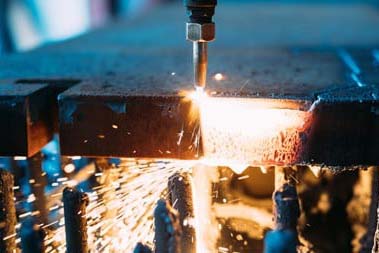Introducing our Gas Cutting (Plate Cutting Attachments) Safe Work Method Statement – a pre-filled and comprehensive tool designed to help you manage risks and ensure safety in the workplace. Here are some key features that make it a valuable asset for your team:
• Fully editable and customisable in Microsoft Word format for easy editing – we understand that every project is unique, so we made our SWMS easy to customise and adapt to your specific needs.
• Includes the scope of the project and the project details – to ensure that all workers are aware of the project’s objectives, timelines, and other relevant details.
• Includes checklist of any high-risk machinery on site – a thorough list of any high-risk machinery on site to help you manage and mitigate risks.
• Includes space for recording any staff training – a space where you can record and track your team’s training and ensure that they are equipped to work safely.
• Includes before and after risk ratings – helps you measure the effectiveness of your risk management strategies and adjust them accordingly.
• Includes resources for use of legislative references – a list of resources and references to help you stay up-to-date with relevant legislative requirements.
• Includes all PPE required – a comprehensive list of all personal protective equipment required to keep your team safe.
• Includes risk assessment and risk assessment matrix – a comprehensive risk assessment that takes into account all relevant factors and helps you identify potential hazards.
• Includes a checklist to ensure all requirements have been covered when implementing the SWMS – a simple checklist to ensure that you have covered all the necessary details when implementing the SWMS.
• Includes sign-off page for all workers and responsible persons – a sign-off page to ensure that all workers and responsible persons have read and understood the SWMS.
• Easy to use, easy to customise – our SWMS is designed to be user-friendly and easy to navigate, making it easier for you to manage risks in the workplace.
• Suitable for large contracts and tenders, including tier 1 contractual work – our SWMS is suitable for all types of contracts, including tier 1 contractual work.
• Instantly delivered download – our SWMS is available for instant download, so you can start using it right away.
Our SWMS is designed to help you manage risks and ensure safety in the workplace, but we understand that every project is different. That’s why we’ve made it fully editable and customisable so you can adapt it to your specific needs. With our SWMS, you’ll have all the tools you need to keep your team safe, manage risks effectively, and ensure compliance with relevant legislative requirements.
Here is some safety information related to gas cutting.
Hazards:Gas cutting involves several hazards, including:
![]()






